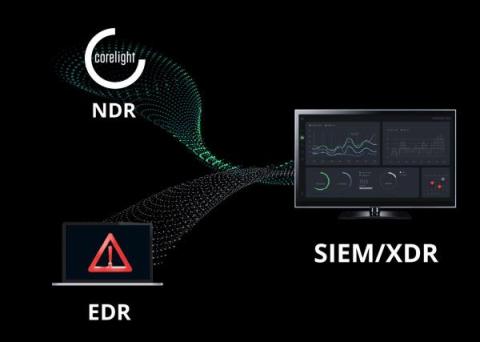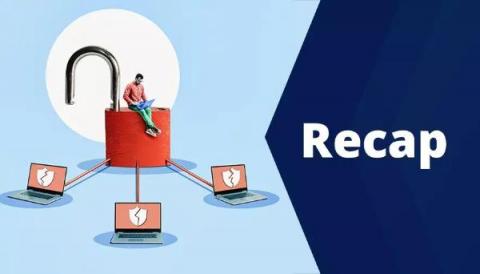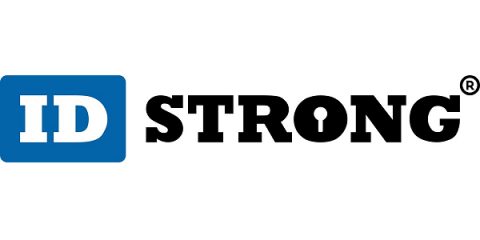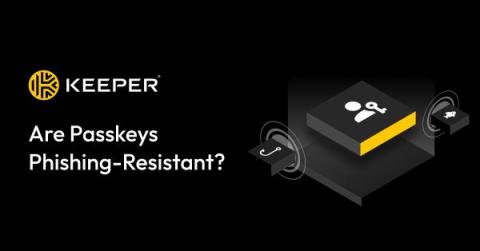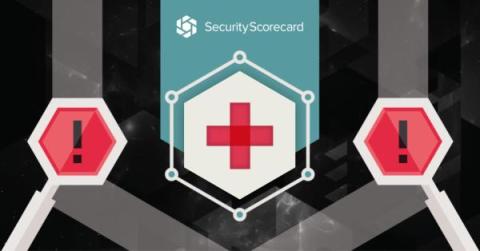Security | Threat Detection | Cyberattacks | DevSecOps | Compliance
Latest News
Build and deploy a Node.js security scanning API to Platformatic Cloud
In this guide, we'll dive into the powerful combination of Platformatic and Fastify, unlocking rapid backend development with an emphasis on robustness and security. Whether you're a seasoned Node.js developer or just starting out, this article is a helpful start to enhancing your familiarity with Node.js PaaS environments such as Platformatic.
The Apache Log4J Vulnerability: Questionnaire & VRM Tips
7 Top Vendor Vulnerability Management Tools
Crafting a Comprehensive Web Application Security Questionnaire
Weekly Cybersecurity Recap January 5
This week, 2024, started with destructive numbers. Transformative Healthcare was featured early on; their breach happened in February 2023 and may impact over 900k people, including patients and former FAS employees. Bunker Hill Community College announced updates to their 2023 incident, where assailants released ransomware and stole an estimated 195k records.
Half a Million Patients Exposed in North Kansas Hospital Vendor Breach
The North Kansas City Hospital (NKCH) is just north of the Missouri River in North Kansas City, Missouri. The hospital boasts a considerable campus with 450 beds and over 100 more physicians. They provide nearly 50 medical specialties, including cancer, oncology, cardiology, women’s, and emergency care programs. The facility has served patients in the area for over 60 years; however, their recent breach may cause patients to receive care elsewhere.
Are Passkeys Phishing-Resistant?
Yes, passkeys are phishing-resistant because they are built on the WebAuthn standard which is an authentication standard that uses public key cryptography to authenticate a user’s identity before they’re able to log in to their account. Continue reading to learn more about what makes passkeys phishing-resistant, plus the additional benefits of signing in to your accounts with passkeys over passwords.
5 Considerations for an Effective Healthcare Risk Management System
The healthcare industry is no exception to the rapid levels of transformation we’re seeing across multiple industries right now. As more facilities begin to leverage electronic health records (EHRs) and internet-connected medical devices for patient care, organizations are becoming more reliant on advanced technologies. While these changes have helped advance patient care in many ways, they have also introduced the healthcare sector to greater levels of risk.
What is an EMV Chip Card, and How Does it Store Your Data?
For over a decade, the magnetic stripe was the authentication tool behind modern-day credit cards. Magnetic stripe technology was developed in the late 1960s, but it took time before widespread use. It wasn't until 1994 that EMV technology was developed, leading to the cards with the little chips embedded in them. Europe quickly embraced the EMV chip card, but the United States and Canada have taken longer.


